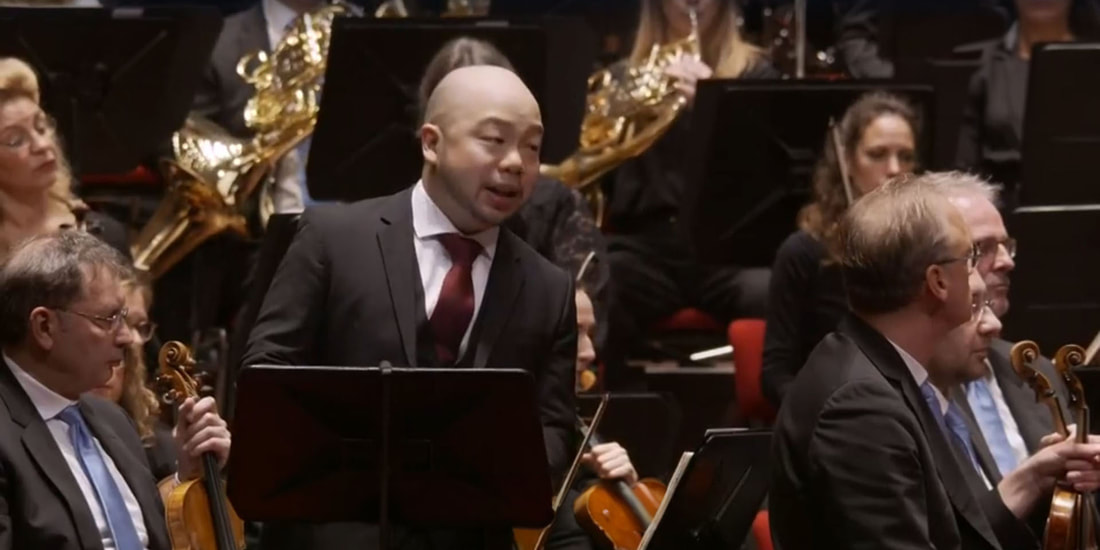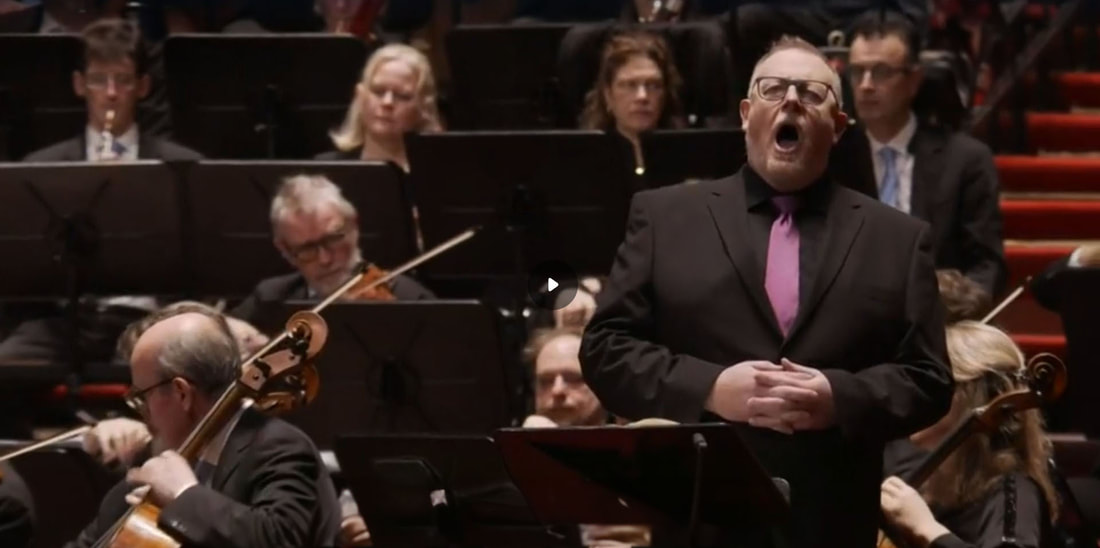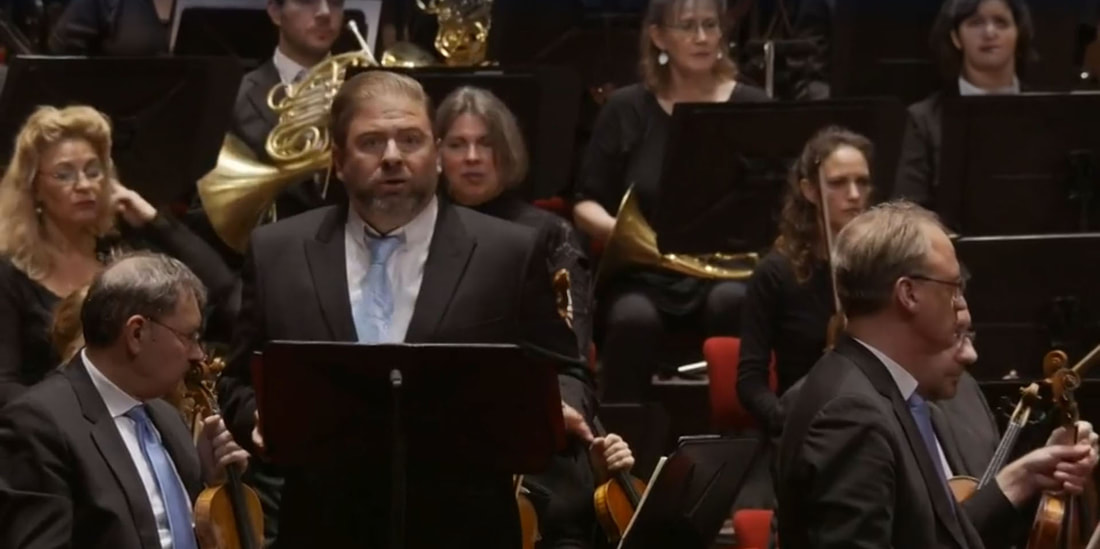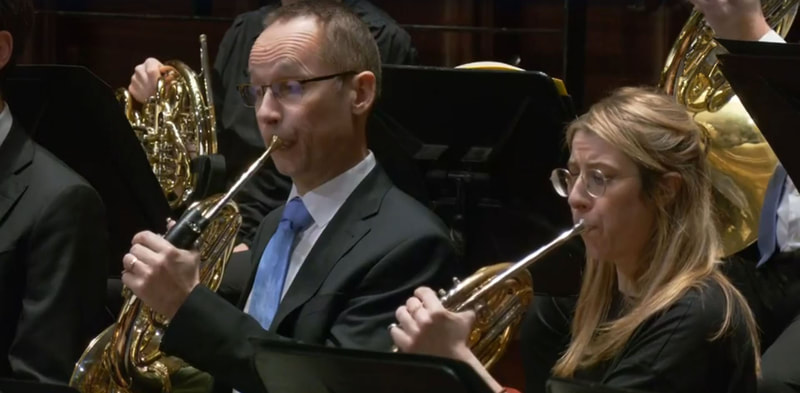A concert performance of Siegfried where the orchestra presents itself as the ideal medium to experience Wagner. Because with Wagner, as nothing else in the world of opera, the music is the staging. At the end of Die Walküre, Wagner lights a fire with orchestral means. A fire that is both earthly and magical. It is a fire in which you see the flames twirl. It is a fire in which you hear a world come to life. Listening to Wagner is like watching with your ears. And this moment - the moment when the magic fire, lit by Loge, invoked by Wotan, with which Brünnhilde is safely shielded from anyone who is not the greatest of all heroes - is the moment in the Ring when the ambitions of the orchestra exceed those of the singers. From here you could say that the symphonist Wagner abandons his original goal, the Gesamtkunstwerk, because he discovers a new force of expression in music that only confirms the primacy of music over everything else. In Siegfried, Wagner gives full rein to his symphonic ambitions. He seems to have less regard for the singers' audibility; the instruments seem at times to deliberately overpower the voices. In Siegfried, opera in which the hero of the cycle makes his entrance, he builds a wall of sound with which he draws the listener into a world that overwhelms and seduces. That listener cannot help but follow the master, into the forest where the hero will slay the dragon, and to the rock where Brünnhilde awaits her valiant knight. Looking with your ears gets an extra boost in a concert performance (hifi on steroids!). A performance in which orchestral splendor together with singers that are acting, with a single prop (Siegfried's horn), and a Waldvogel singing from the balcony are more than enough to bring Wagner's Ring world to life in a uniquely evocative way. The mind goes where the ears lead it and the eyes need little to no inducement to follow the music to a world outside place and time where gods, giants and dwarfs are busy surviving and working themselves up in the food chain. The ring that falls to Siegfried after he kills the dragon curses anyone who carries it. Yet Siegfried takes it, after the Waldvogel points it out to him. Nature has been corrupted from the beginning, from the moment Wotan cuts off a branch of the world ash to make a spear in which he carves the runes to subjugate the rest of world. The Waldvogel seems to be proof of that corruption. Her moral compass seems broken when she tells Siegfried to pick up the ring. Unlike in the Nibelungen saga on which he is based, where his character is shaped mainly by his actions, Siegfried's personality in Wagner's opera is for an important part shaped by the young man's search for himself and his origins, his mother. In the forest through which he wanders, he is looking among flora and fauna for something, someone, that can put him in touch with himself and his identity. Wagner excels in introspection and recapitulation. His music dramas are narratives of the mind. Not to speak short of the physical action (Fafner beating Fasolt to death, Siegmund's death, Siegfried killing the dragon), it plays a relatively minor role in the Ring. The real action is in the characters' state of mind. To shape their roles, the singers need little more than expression and gestures. It is perhaps for this reason that a Wagner opera shows itself in an ideal mode of presentation in a concert performance. The performance of Siegfried by the Radio Filharmonisch Orkest conducted by Karina Canellakis showed the third opera of the Ring as a robust soundscape, a kind of mega-symphony with voices. It was a long-held wish of Canelakis to perform Siegfried in its totality. Her conducting was solid, not excessively exuberant, which perhaps could not be otherwise with two weeks of rehearsal time where one week with the singers. Siegfried, the opera, showed itself here in an impressive wall of sound. A symphonic fairytale forest painted in frenzied wild colours. Unlike staged performances where the orchestra is in the pit, the singers had to compete against an orchestra at full exposure. They showed, even in those parts where they seemed to be at the losing end in the decibel battle with the instrumentation, boldness and class. Of the singers, Ya-Chung Huang's Mime and Clay Hilley's Siegfried were well matched in voice and expression. Hilley was still struggling a bit with a few high notes at 11am, but his stamina and delivery in the heaviest tenor role in operaland were impressive. Once he arrived at the final duet, a sonic eruption of passion and borderline lunacy, he found, in Daniela Köhler's Brünnhilde, a woman who teaches him what fear is and someone who united her passion and primal drift in a remarkably compelling way. Her Brünnhilde retained, in the face of the orchestra which here, in the final stage of the opera, was fully propelled by Canellakis, complete control over her voice.Nowhere did she force, always her voice remained defined and in possession of maximum expression. Amongst a cast of standouts, Köhler was the standout. It was a performance where the orchestra presented itself as the ideal medium to experience Wagner. Because with Wagner, as nothing else in the world of opera, the music is the staging. Siegfried, Concertgebouw Amsterdam, 25 November 2023 Radio Filharmonisch Orkest Karina Canellakis conductor Clay Hilley tenor (Siegfried) Ya-Chung Huang tenor (Mime) Iain Paterson bas-baritone (Wanderer) Markus Brück baritone (Alberich) Tobias Kehrer bas (Fafner) Daniela Köhler soprano (Brünnhilde) Judit Kutasi mezzo soprano (Erda) Gloria Rehm soprano (Waldvogel) - Wouter de Moor
0 Comments
Leave a Reply. |
TIMELINE
July 2024
|













 RSS Feed
RSS Feed